Savoring Tea is a form of life's enjoyment and an art of living. The teapot, to the connoisseur of tea, is the cradle that nurtures the tea leaves. It labors silently, tirelessly infusing aroma and flavor – this is both the mission and spirit of the teapot.
Therefore, when selecting a teapot, one should not be confined to narrow perspectives. After all, valuing by name or rarity is the domain of antique collectors and experts. Generally speaking, a new teapot that meets basic standards, if properly maintained and adept at infusing aroma and flavor, can be considered a good teapot, regardless of whether it is old or new.
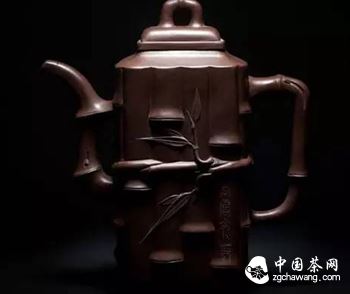
The teapot is the centerpiece of tea utensils and the focal point that most influences personal experience in the act of brewing tea. Therefore, both in selecting and maintaining a teapot, proper methods must be followed. This article lists seven guidelines for selecting a teapot for your reference. These seven points are: aesthetics, material quality, pot aroma, precision, pouring, balance, and suitability. They are as follows:
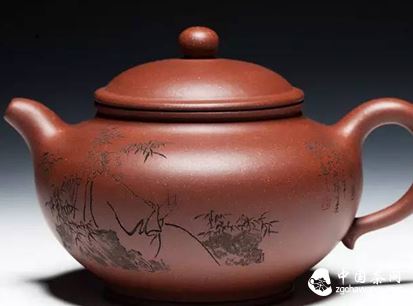
1. Aesthetics
Everyone has different perspectives on aesthetics. The aesthetics mentioned here mainly refer to personal feelings. Regarding the shape and appearance of the teapot, it depends on individual preference. As long as you find it visually pleasing and satisfactory, that represents your sense of aesthetics. After all, it is a tool you will use yourself, so why should it necessarily conform to popular styles?
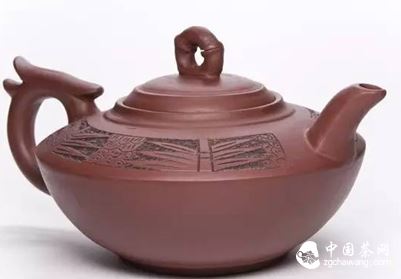
2. Material Quality
Teapots used for brewing tea are generally made of clay, as clayware absorbs water and is opaque, giving it a more rustic and friendly appearance compared to porcelain. If inscriptions are added, they also have a more elegant appeal. Therefore, in general, clay teapots are more popular than porcelain ones when brewing tea. The quality of a teapot is primarily judged by its texture and color, with a firm texture and lustrous color being preferred. The closer a teapot's quality is to these characteristics, the better. To test the firmness of the texture, place the teapot on your palm and gently tap the lid to listen to the sound. A clear and ringing sound is preferable; a dull sound indicates insufficient strength and less effective heat conduction. However, if the sound is too high-pitched, it means the heat retention is too strong, requiring special adjustments when brewing tea. In summary, the sound should be pleasant to the ear, but make sure the teapot is clean when testing. This applies when choosing a new teapot. When faced with an antique teapot, every tap will likely make the original owner nervous – something to keep in mind.
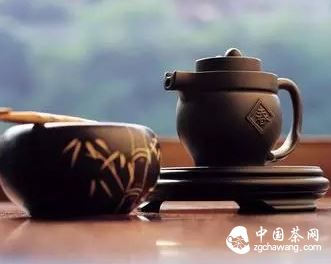
3. Pot Aroma
When purchasing a new teapot, pay attention to the aroma inside the pot. Some new pots may have a slight earthen smell, which is acceptable. However, if there is a burnt smell or other miscellaneous odors, such as oil or artificial coloring, it is best to avoid them.
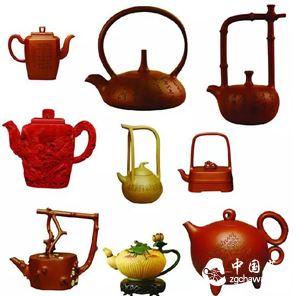
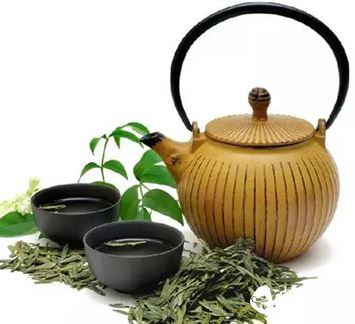
4. Precision
The precision of a teapot refers to how tightly the lid fits the body. The tighter the fit, the better, as it prevents the dissipation of the tea's aroma. The method to test this is to fill the teapot with water to one-third or half of its capacity, then press the air hole with your hand while tilting the teapot to pour out the water. If no water drips out, it indicates a high level of precision. Alternatively, pressing the spout and flipping the teapot over, if the lid remains in place, also indicates high precision.
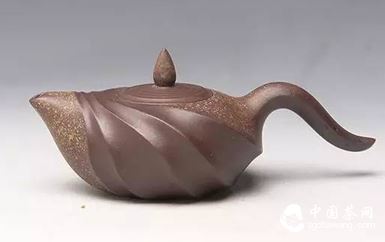
5. Pouring
How well a teapot pours is largely determined by the design of the spout. When pouring, the ability to completely empty the contents without leaving any drops is ideal. As for the pouring style, whether it is direct or gentle and curved, it depends on personal preference. However, regardless of the style, weak or uneven pouring is always a flaw. Sometimes, observing the length of the stream (the “bundled section”) can also be used for comparison, with a longer stream being preferable.
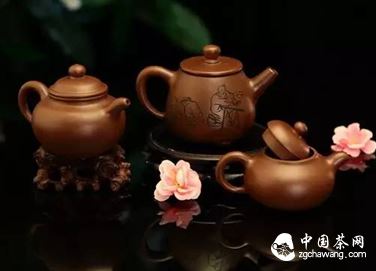
6. Balance
Whether a teapot is easy to handle when lifted depends not only on the curvature and thickness of the handle but also on whether the handle's fulcrum is located (or close to) the center of gravity of the teapot when filled with water. The method to test this is to fill the teapot three-quarters full, then lift it horizontally and slowly pour out the water. If it feels comfortable, it is good. Conversely, if you need to grip it tightly or feel unstable holding it, it is not good. There is also the method of measuring the half-liter mark, which involves lightly placing the dry teapot on the water surface. If it can hold half a liter of water without sinking, it is considered to have good balance.
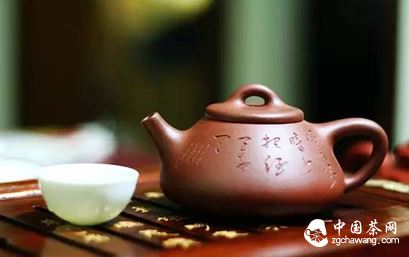
7. Suitability
The characteristics of the teapot, when paired with the characteristics of the tea, can enhance the overall experience. Generally, teapots with higher resonant frequencies are suitable for brewing teas with strong aromas, such as Green Tea, because aroma is enhanced by heat. Conversely, teapots with lower resonant frequencies are more suitable for brewing teas with rich flavors, such as oolong or Tieguanyin, because overly strong heat retention can detract from the smoothness and complexity of the flavor, making it harder to control. The comparisons made here are subtle distinctions, not easily discernible, but with careful observation, one can gain insight into these nuances.